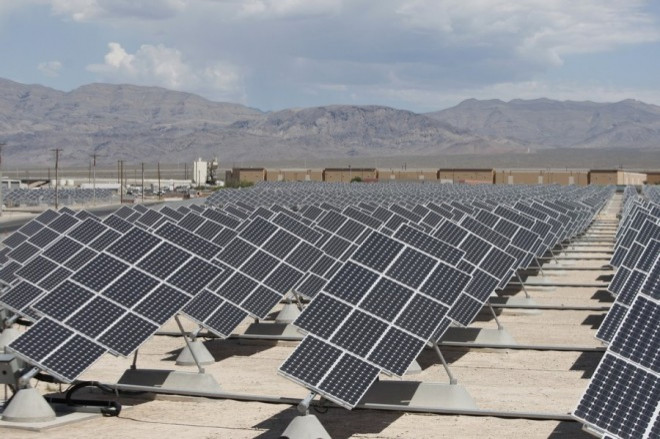Green Banking: How A New Industry Seeks To Fuel America With Clean, Cheap Energy

You probably haven’t heard of them and you certainly haven't seen them on any street corners, but so-called green investment banks may reach the environmental goals that have eluded the United States since the days of President Jimmy Carter.
Green banks are socially and environmentally clean-energy investment banks set up by the government that use limited public dollars and leverage private capital to provide low-interest-rate loans for end users like home owners to buy energy-efficient products such as solar panels. These loans can sometimes be for 100 percent of the product's cost.
This approach contrasts with previous U.S. government initiatives that used vast amounts of taxpayer dollars to create energy producers that would deliver cleaner fuels than coal- and oil-fired plants deliver. Such an approach has a long resume of failure. In 1980 the government formed the Synthetic Fuels Corp., which lasted five years before being shut down without ever having made a profit. Recently, the Obama administration's backing of Solyndra LLC went belly up despite getting $535 million in federal loan guarantees.
As a strategy, green banks recognize that the demand for energy in the U.S. is flat. Thus, boosting supply -- by backing outfits like Solyndra or Synfuels -- in a market with stagnant demand only lowers the cost, something that has killed many government ventures into the clean-energy business. Instead, green banks focus on increasing demand by making clean energy more affordable.
“How do you get people to stop buying the dirty and buy the clean?” Reed Hundt, CEO of the Coalition for Green Capital, asked recently. “The answer is, it needs to be a better deal for the consumer. They need have all their upfront costs paid for, the solar on their roof, or they have to be paying less for their energy bill than before, otherwise they are not going to switch.
“You can’t tell the difference between a carbon electron and a clean electron. They both turn the lights on the same way, so you can’t get any consumer satisfaction. If it were a smart phone, you’re immediately thinking, 'This is much cooler' as soon as you start using it. So, since you can’t see the difference and you can’t tell the difference, the difference has to be reflected in being cheaper.”
While not specifically a green-energy company, Hundt cites the Tennessee Valley Authority (TVA) as the best recent example of how ensuring cheap electricity is the best way to convince a skeptical consumer. The TVA is a federally established organization that was set up in 1933 and offers cheap electricity to Tennessee and surrounding states.
“The TVA exists to this day and provides electricity at a price 20 percent lower than the average in the United States. Why 20 percent lower? Because the borrowed money has been lent for a lot less," says Hundt.
“If you were the investor and I was the government and I loaned you everything you need and you had to pay it back in 20 years, that’s a good deal for everyone,” said Hundt. “You’re going to pay it back because there is a constant demand for electricity, provided you can get people to switch.”
So far Connecticut is the only state with a green bank, but a petition was filed to create one in New York, and efforts are underway to create green banks in Maryland, Pennsylvania, California and Washington.
© Copyright IBTimes 2024. All rights reserved.












